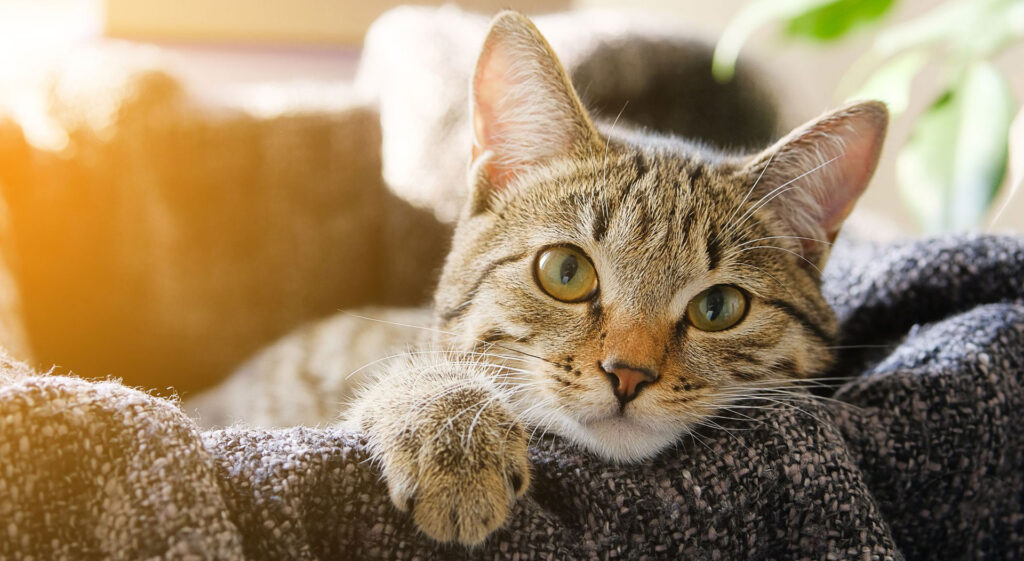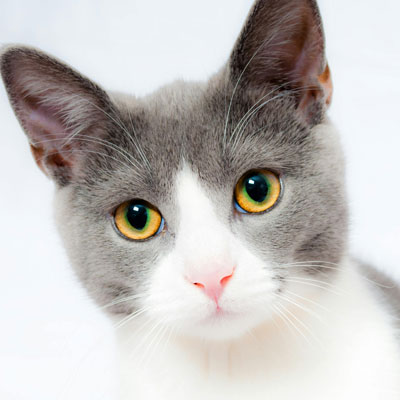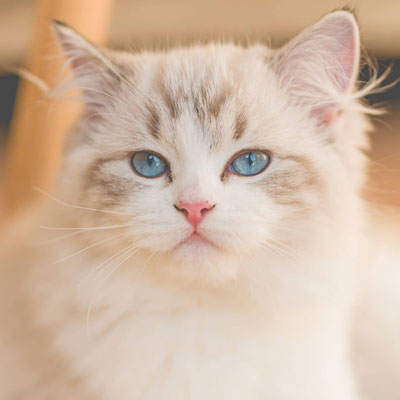
Feline calicivirus (FCV)
Le calicivirus félin (FCV) est un virus hautement contagieux qui est l’une des principales causes d’infections des voies respiratoires supérieures (IVRS) ou de la grippe féline chez les chats.

Feline calicivirus explained
This virus is widespread and causes disease in cats all over the world. Together, FCV and feline herpesvirus (FHV, FHV-1) cause most upper respiratory infections in cats.
It may play a role in gingivostomatitis (inflammation of the mouth), but this is not fully understood.
What are the signs of FCV infection?
Signs of FCV vary in severity. Acute upper respiratory infection signs are most seen with FCV infection, including:
- Sneezing
- Discharge from the nose
- Discharge from the eyes
- Conjunctivitis
- Tongue ulceration
- Lethargy/tiredness
- Loss of appetite
- High temperature (fever)
- These signs may last for a few days or a few weeks. In young kittens, the virus may also cause pneumonia
In addition to the upper respiratory signs listed above, cats may show the following signs:
- Gingivitis and stomatitis (inflammation of the mouth and gums)
- Limping syndrome – occasionally, in young cats, FCV infection may also cause arthritis. This is temporary, usually only lasting a few days, but it can be extremely painful for your cat during this period
On rare occasions, virulent systemic FCV infection (vsFCV) can develop, which can result in pneumonia, hepatitis (inflammation of the liver), pancreatitis (inflammation of the pancreas), skin swelling and ulceration, and bleeding from the nose and intestine. Fortunately, these outbreaks are very rare but can be life-threatening in up to 50% or more affected cats.



